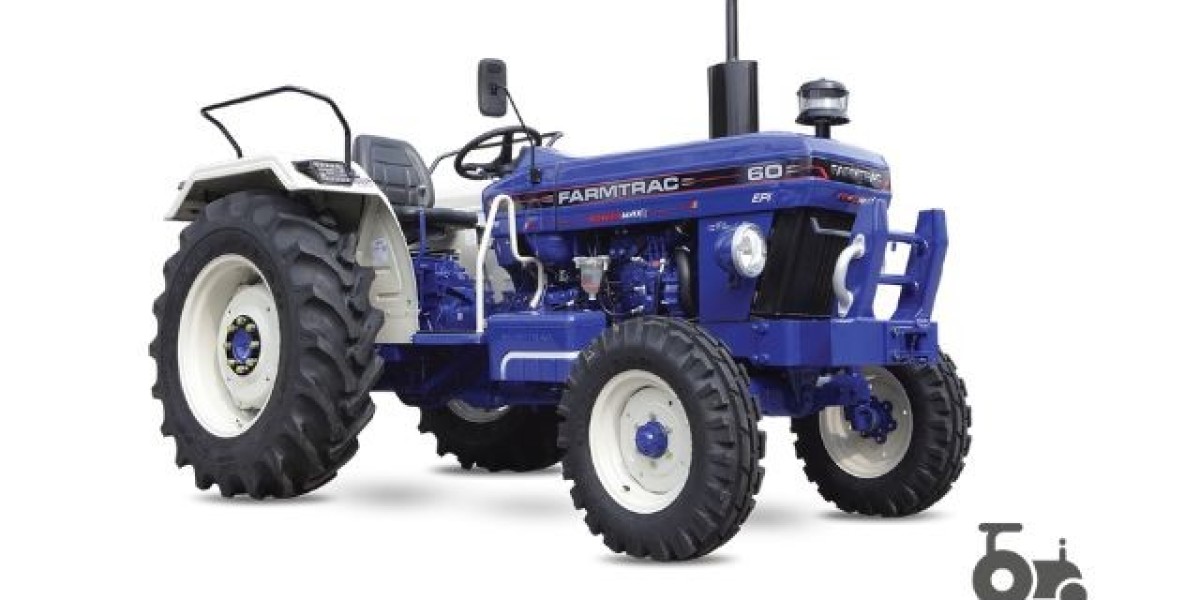Outdoor wood furnaces are a practical and eco-friendly way to heat your home while reducing reliance on fossil fuels. To ensure your system operates efficiently, understanding the essential components and maintenance of outdoor wood furnace parts is crucial. Whether you’re troubleshooting or upgrading, this guide will help you navigate the complexities of outdoor wood furnaces. Explore a wide range of reliable components with outdoor boiler for all your heating needs.
Key Components of an Outdoor Wood Furnace
1. Firebox
The firebox is the heart of your outdoor wood furnace. It is where the wood is burned to generate heat. Constructed from heavy-duty steel or cast iron, a well-designed firebox maximizes heat output and ensures durability. Features to look for include:
- Insulation: High-quality insulation reduces heat loss and improves efficiency.
- Size: The firebox should accommodate the type and amount of wood you plan to burn.
- Ease of Access: A user-friendly door system allows for convenient loading and cleaning.
2. Water Jacket
The water jacket surrounds the firebox and serves as the medium for heat transfer. Water circulates through this jacket, absorbs heat, and distributes it to your home via a heat exchanger. Key considerations for water jackets include:
- Material: Stainless steel is preferred for its corrosion resistance.
- Capacity: Ensure the water jacket’s volume aligns with your home’s heating needs.
- Maintenance: Regularly check for leaks or sediment buildup to maintain efficiency.
3. Heat Exchanger
A heat exchanger transfers the heat from the water jacket to your home’s heating system. This component can vary depending on your setup:
- Plate Exchangers: Ideal for connecting to hydronic systems like radiant floor heating.
- Air-to-Water Exchangers: Used for forced-air systems, they transfer heat to air ducts.
- Installation: Proper placement ensures optimal heat transfer and reduces energy loss.
4. Circulator Pumps
Circulator pumps are responsible for moving water between the furnace and your home. These pumps play a critical role in maintaining consistent heating. Look for:
- Energy Efficiency: High-efficiency models reduce operational costs.
- Flow Rate: Choose a pump that matches your system’s capacity.
- Reliability: Pumps with durable construction and low-maintenance requirements are ideal.
5. Thermostats and Controls
Modern outdoor wood furnaces often feature advanced thermostats and control systems. These components help you monitor and adjust the furnace’s performance:
- Temperature Sensors: Keep track of water and room temperatures.
- Programmable Settings: Allow for efficient energy use based on your schedule.
- Smart Connectivity: Some systems integrate with home automation for remote control.
6. Chimney System
The chimney or flue system expels exhaust gases from the furnace. A well-maintained chimney is essential for safety and efficiency:
- Material: Stainless steel or insulated materials withstand high temperatures.
- Height and Diameter: Proper sizing ensures effective draft and smoke removal.
- Regular Cleaning: Prevent creosote buildup to reduce fire risk.
Maintenance Tips for Outdoor Wood Furnace Parts
1. Regular Cleaning
Clean the firebox, ash pan, and chimney periodically to maintain efficiency and safety. Ash buildup can hinder combustion and reduce heat output.
2. Inspect for Wear and Tear
Check components like gaskets, seals, and circulator pumps for signs of wear. Replacing damaged parts promptly prevents further issues.
3. Water Quality Management
Ensure the water in the system is treated with appropriate chemicals to prevent corrosion and scaling. Regularly test water quality to maintain optimal performance.
4. Monitor Fuel Usage
Using seasoned wood with low moisture content minimizes creosote buildup and improves combustion efficiency. Avoid burning materials that could damage the firebox or chimney.
5. Seasonal Shutdown
If you plan to shut down the furnace for the summer, drain the water jacket, clean all components, and inspect for needed repairs to prepare for the next heating season.
Upgrading Your Outdoor Wood Furnace Parts
Technology advancements in outdoor wood furnaces offer opportunities for upgrades:
- High-Efficiency Circulator Pumps: Reduce energy consumption while maintaining performance.
- Advanced Control Systems: Improve ease of use and integration with modern home systems.
- Enhanced Heat Exchangers: Boost heat transfer for more consistent temperatures.
Troubleshooting Common Issues
Even with proper maintenance, issues may arise. Here’s how to address some common problems:
- Low Heat Output: Check for blocked air intakes, clogged chimneys, or inefficient fuel.
- Leaks: Inspect water jackets and connections for cracks or loose fittings.
- Uneven Heating: Ensure circulator pumps and thermostats are functioning correctly.
Why Quality Matters in Outdoor Wood Furnace Parts
Investing in high-quality outdoor wood furnace parts ensures reliability, efficiency, and longevity. Cheap components may save money upfront but often result in higher maintenance costs and reduced performance over time.
Benefits of High-Quality Parts
- Improved Efficiency: Maximizing heat output reduces fuel consumption.
- Enhanced Durability: Quality materials withstand wear and tear.
- Safety Assurance: Properly designed parts minimize risks associated with combustion and heat transfer.
Choosing the Right Supplier
When purchasing replacement parts, selecting a reputable supplier like outdoor boiler ensures access to high-quality components and expert advice. Look for suppliers offering:
- Warranty Coverage: Protects your investment.
- Comprehensive Selection: Availability of all necessary parts for your specific furnace model.
- Technical Support: Assistance with installation and troubleshooting.
Conclusion
Outdoor wood furnace parts are the backbone of an efficient and long-lasting heating system. From the firebox to the chimney, understanding the components and maintenance requirements can help you optimize performance and extend the lifespan of your furnace. With regular care and the right upgrades, your outdoor wood furnace will provide consistent, eco-friendly heat for years to come. For reliable parts and expert support, trust outdoor boiler to meet all your needs.








